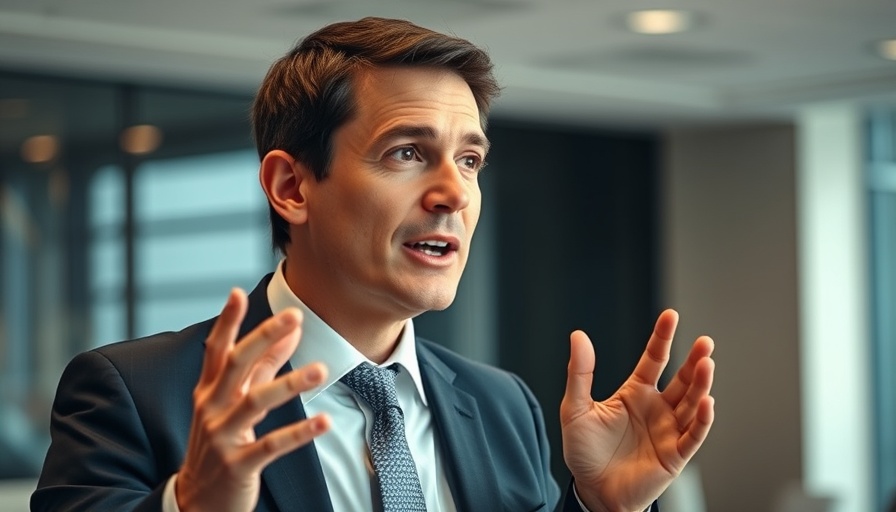
Rashaun Williams: The Man Who Manifested His Dreams
Rashaun Williams, a multimillionaire and venture capitalist, has become a recognizable face on the popular television show Shark Tank. His unique approach to success can be encapsulated in a mantra that resonates particularly with the Gen Z crowd: "hear me out." Rather than waiting for opportunities to be presented to him, Williams proactively created his own. This philosophy not only reflects his tenacity but also embodies a larger trend among young professionals who seek to redefine their paths.
The Art of Sneaking into the Party
Williams admits that he made his mark by ‘sneaking into the party,’ figuratively and literally. Growing up in a challenging environment on the southside of Chicago, he faced barriers that would have deterred many. Yet, he chose to embrace a forward-thinking mindset. His willingness to cold call and show up at events where he wasn’t officially invited has allowed him to establish valuable connections that paved the way for his entrepreneurial journey.
Gen Z and the "Delulu" Trend
As adventure-seeking and proactive as Williams, a plethora of Gen Z individuals are also taking charge of their futures. The term “delulu,” short for 'delusional,' has become a rallying cry for this generation. It promotes the idea that one can achieve seemingly unattainable goals through sheer optimism and bold actions. Williams emphasizes the importance of not only dreaming but transforming those dreams into action.
Networking: A Critical Element of Success
One key takeaway from Williams’s story is the power of networking. In an era where connections can make or break careers, understanding how to build relationships is invaluable. Williams encourages his peers to value networking opportunities and warm leads along with their proactive approaches. Cultivating relationships through platforms like LinkedIn can open doors, creating unforeseen pathways to success in the fast-paced business landscape today.
Lessons Beyond the Business Realm
While Williams’s journey is particularly insightful for aspiring entrepreneurs, it offers broader lessons in perseverance and proactive behavior. Whether in business endeavors or personal aspirations, his story serves as a reminder that success often comes to those who actively pursue it. He stresses the importance of becoming who you want to be before you actually get there. This mindset can transform ambitions into tangible achievements, inspiring others to follow suit.
In conclusion, Rashaun Williams exemplifies the power of belief, networking, and action-oriented initiatives. Those looking to walk a path of success can take a page from his book: seize opportunities, build relationships, and never shy away from expressing what you want with a simple, "hear me out."
 Add Row
Add Row  Add
Add 



Write A Comment